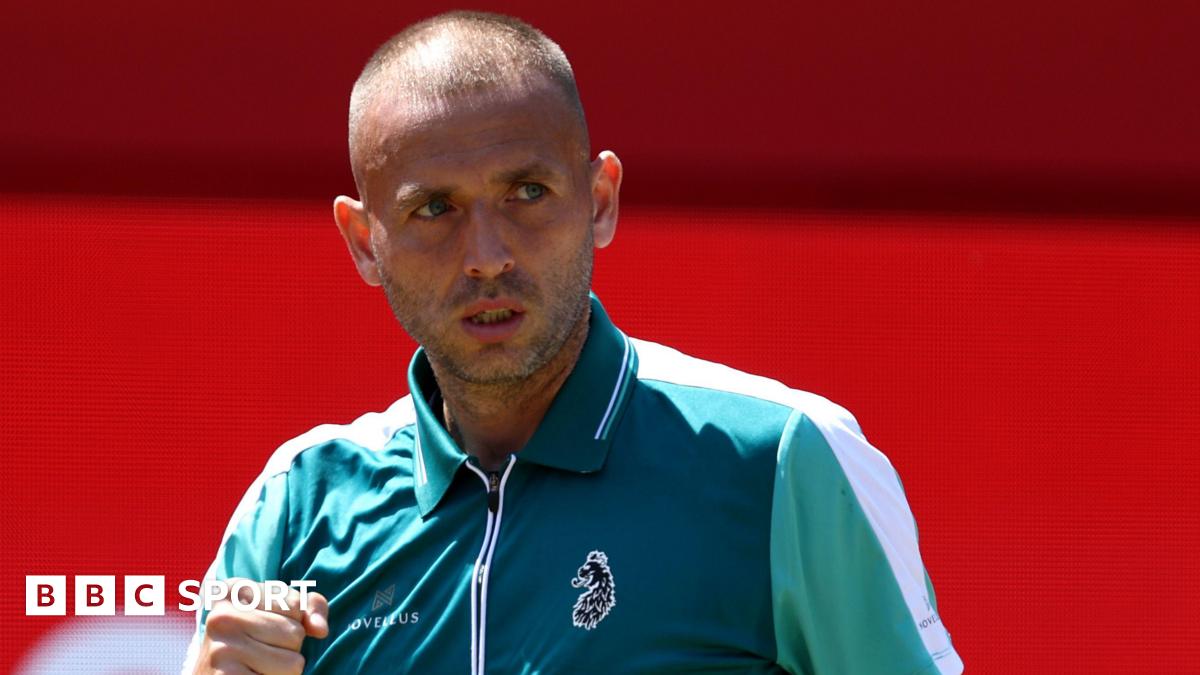If there’s a lesson to be learned from the Club World Cup so far, it’s that images of nothingness can still generate hysteria. Empty seats – which are apparently a festering scourge upon the game of football, a tragedy representing the plastic bankruptcy of American soccer fandom and/or the Club World Cup, an issue demanding alarmist coverage delivered with brows fully furrowed – have been commonplace in the competition’s opening dozen games. Headlines (including from this very publication) have followed. Social media is awash in panoramic photos from a nation of press boxes, informing you incredulously that this image, so obscene in its emptiness, was taken a mere 45 minutes before kickoff – or (gasp) even closer.
Why do we, the fans, observers, journalists, and other people who simply watch these games, care? What is it about the sight of a whole lot of plastic folding chairs with nobody in them that inflames our passions? Since when did we all become Clint Eastwood at the 2012 Republican National Convention?
Advertisement
Related: Trent Alexander-Arnold takes first step of Real Madrid high-wire act | Barney Ronay
Empty seats mean unrealized revenues from tickets, concessions, merchandise, parking and exploitative fees, but that stuff isn’t affecting our bottom line. The marketing strategy that demanded premium prices for those seats was misguided at best and laughably hubristic at worst, but it was not ours. There were plenty of inflated promises about guaranteed sellouts, the “greatest spectacle in club football history”, involving the “32 best teams in the world” that are being made to look completely silly in hindsight – but we weren’t the ones who promised them. At most, the extent of our involvement with an empty seat at the Club World Cup is sitting next to one.
Still, the tenor of the zeitgeist contains a strange mix of worry, sadness, and above all, cynicism. The empty seats are taken as a physical sign that while Fifa may care a little about games taking place in front of passionate fans, it cares far more about the money it gets from selling the TV rights, advertising space, and other considerations – often to the sovereign wealth fund of the country hosting a future World Cup, or the previous one. In theory, the empty seats prove that fans and atmosphere – the things that make soccer what it is – are of secondary importance.
I would suggest that these critiques, while valid and true, miss the point. We are just talking about seats here. Not all of them are empty, and many of them are in very, very large stadiums. So far, Club World Cup venues have been about 52% full on average, using attendance figures as announced by Fifa. (In reality, those figures are likely far more representative of the number of tickets sold or distributed rather than butts in seats, but they at least give us an idea.) Going by the median percentage, which downplays the outliers, stadiums have been at 43% capacity.
Advertisement
Those are ugly numbers. If a professional club team (or several) consistently played in front of stadiums that were half-full or less, one might question whether they’re playing in the right stadiums. If this dynamic sounds vaguely familiar to you, you may be a fan of MLS. The US first division began its life by living a week-in, week-out version of this very problem – a new competition that nobody knew quite what to make of, with most teams playing in massive NFL or college football stadiums in which even decent crowds were made to look minuscule and sparse. The league slowly but surely learned its lesson – nearly every one of its 30 teams plays in their own intimate grounds, the largest of which top out at about 30,000. It’s not a league of constant sellouts, but the environments have improved markedly. It’s a lesson Fifa should have learned, given they’re hosting this tournament in MLS’s backyard. There were plenty of raucous Brazilian fans on hand at the cavernous MetLife Stadium on Tuesday for Fluminense’s draw with Dortmund, but the 84,000 capacity venue was still half-full. It leaves you to wonder how much more intense the occasion might have been just down the road at the 25,000-capacity Sports Illustrated Stadium, home of the New York Red Bulls (which is also more easily-accessible by public transit).
Myriad other factors have affected turnout. There are well-founded fears of Ice raids, which may well have kept immigrant fans – undocumented or not – away from stadiums. For traveling fans, visa processing times have been a nightmare. In the case of teams like Ulsan Hyundai, Urawa Red Diamonds and Mamelodi Sundowns, the competition is far enough away to make travel all but impossible. For domestic fans, many games take place in the middle of workdays. And that’s without even getting into ticket prices, which started in the hundreds of dollars and have only dropped as the dynamic pricing model has kicked in with kickoffs looming.
Related: David Squires on … gimmicks and surprise guests as the Club World Cup kicks off
Seen one way, the 22,137 who attended Chelsea v LAFC in Atlanta left 70% of the stadium empty. Seen another way, thousands of Atlantans (as well as Chelsea and LAFC fans) showed up despite all the mitigating factors listed above, in the middle of a Monday work day, for a game in a competition that nobody seems to know what to make of, involving an MLS team that plays 3,000 miles away and who only officially qualified weeks ago. I submit to you that, given all that, the attendance was a minor triumph. Chelsea will play in front of fewer fans when they visit Bournemouth’s Dean Court this upcoming Premier League season.
Advertisement
Similarly, perhaps it should be celebrated that just under 35,000 came to see Flamengo play Esperance de Tunis later that night in Philadelphia, or that 40,311 dealt with the well-known traffic and crowd issues at the Rose Bowl to watch Monterrey v Inter. These are not the sellouts Fifa promised, but those promises, like many Fifa boasts, were stupid. The enthusiasm evident in the crowds themselves tell the rest of the story.
When crowd sizes rankle, perhaps the problem is one of perception; of Fifa’s uncanny ability to get in its own way. Football’s world governing body has allowed the luxurious excesses of the World Cup – as in the actual one, the one that will take place next year – to cloud its vision of what this tournament, what the club game, is and can be.
The World Cup has prestige. So much prestige, in fact, that fans can be assured that no matter which teams they’re going to see, they will be watching a seminal moment in the modern history of those countries’ sporting stories; and perhaps a milestone in the life of a country itself. Being a club fan is far more intimate, even for the biggest clubs in the world. It’s a regular, everyday devotion that simply doesn’t fit with Fifa’s maximalist tendencies.
Maybe that’s why empty seats at these games have become such a focal point – they’re an uncomfortable reminder that the world of every club is only so big.
.png)
 German (DE)
German (DE)  English (US)
English (US)  Spanish (ES)
Spanish (ES)  French (FR)
French (FR)  Hindi (IN)
Hindi (IN)  Italian (IT)
Italian (IT)  Russian (RU)
Russian (RU) 








Comments